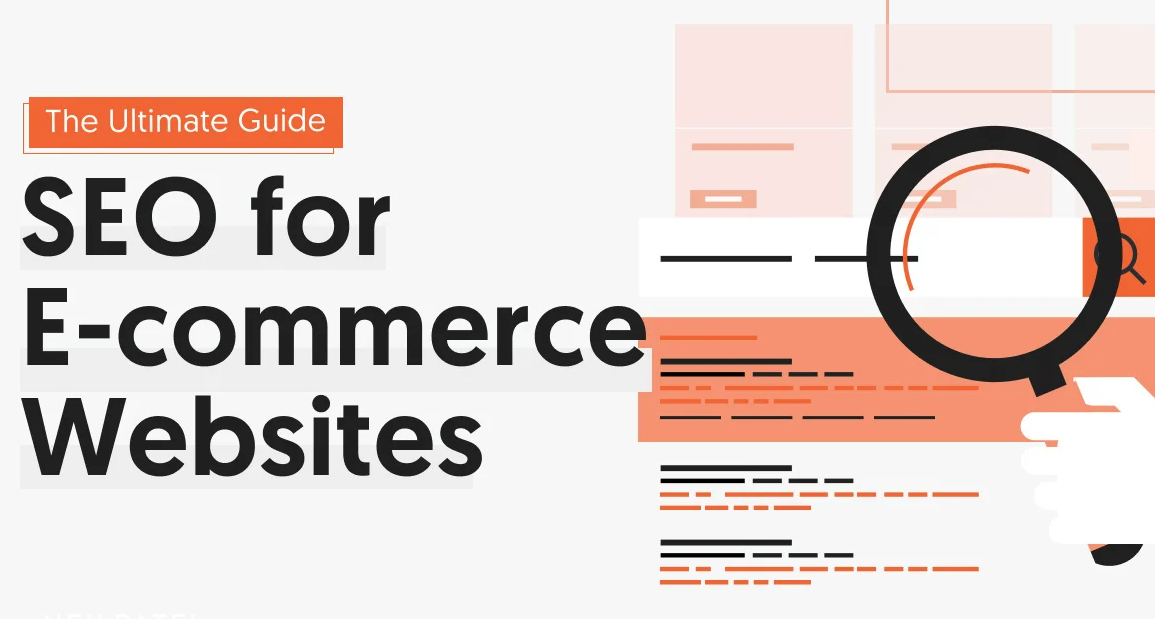In the digital age, having an online store is a powerful way to reach customers far and wide. However, merely having an ecommerce website isn’t enough. To truly succeed, you need to ensure your store is easily found by your target audience. This is where Ecommerce SEO (Search Engine Optimization) comes into play. Let’s dive into what Ecommerce SEO is, why it’s crucial, and how you can optimize your online store to attract more organic traffic.
What is Ecommerce SEO?
Ecommerce SEO refers to the process of optimizing your online store to improve its visibility in search engine results pages (SERPs). The goal is to rank higher for relevant search terms, which increases the likelihood of attracting potential customers. This involves a combination of on-page, off-page, and technical SEO strategies tailored specifically for ecommerce websites.
Why is Ecommerce SEO Important?
Increased Visibility:
Higher rankings in search results mean more visibility. The majority of search engine users do not look beyond the first page of results, so being on the first page significantly boosts your chances of being noticed.
Targeted Traffic:
SEO helps you attract visitors who are actively searching for products you offer. This increases the likelihood of conversions.
Cost-Effective Marketing:
Unlike paid advertising, organic traffic generated through SEO doesn’t incur ongoing costs, making it a cost-effective long-term strategy.
Builds Trust and Credibility:
High search rankings convey a sense of credibility and trustworthiness, which can enhance customer confidence in your brand.
Key Ecommerce SEO Strategies:
- Keyword Research:
Identify the keywords and phrases your potential customers are using to search for products. Use tools like Google Keyword Planner, Ahrefs, or SEMrush to find high-volume, low- competition keywords.
-
On-Page SEO:
- Optimize Product Pages: Each product page should have a unique, descriptive title tag, meta description, and URL. Include your target keywords naturally within the product description, headers, and image alt texts.
- Use High-Quality Images: Ensure your images are high quality and properly optimized for fast loading speeds. Use descriptive file names and alt tags to improve search engine understanding.
- Improve User Experience (UX): A clean, easy-to-navigate site layout enhances UX, which can positively impact your SEO. Ensure your site is mobile-friendly and has fast loading times.
-
Technical SEO:
- Site Structure: Maintain a clear and logical site structure. Use categories and subcategories to organize your products, making it easier for search engines to crawl and index your site.
- XML Sitemap: Create and submit an XML sitemap to search engines. This helps them understand the structure of your site and discover new or updated pages more efficiently.
- HTTPS: Ensure your site is secure by using HTTPS. Search engines prioritize secure sites, and customers trust them more.
-
Content Marketing:
- Blogging: Start a blog and regularly publish content that is relevant to your products and industry. This can attract potential customers and provide additional opportunities to rank for long-tail keywords.
- Product Guides and Tutorials: Create detailed guides, how-tos, and tutorials related to your products. This not only adds value for your customers but also helps establish your site as an authority in your niche.
-
Link Building:
- Internal Linking: Use internal links to connect related products and content on your site. This helps distribute page authority and improves navigation.
- External Backlinks: Earn backlinks from reputable sites. This can be achieved through partnerships, guest blogging, and creating high-quality, shareable content.
- User Reviews: Encourage customers to leave reviews on your product pages. Positive reviews not only build trust but also add fresh content to your site, which can boost your SEO.
Measuring SEO Success:
Use tools like Google Analytics and Google Search Console to monitor your SEO performance. Track metrics such as organic traffic, bounce rate, average session duration, and conversion rates to assess the effectiveness of your SEO strategies. Regularly analyze this data to identify areas for improvement and adjust your tactics accordingly.
Conclusion:
Ecommerce SEO is a critical component of any successful online store. By implementing effective SEO strategies, you can improve your search engine rankings, attract targeted traffic, and ultimately increase your sales. Remember, SEO is an ongoing process that requires continuous optimization and adaptation to changing trends and algorithms. Stay committed to providing value to your customers, and your efforts will pay off in the form of sustained growth and success. If you found this guide helpful or have any questions, feel free to leave a comment below. Happy optimizing!



